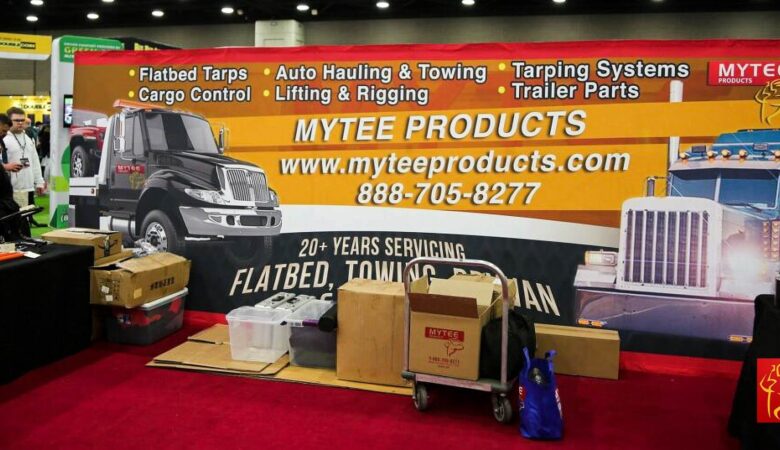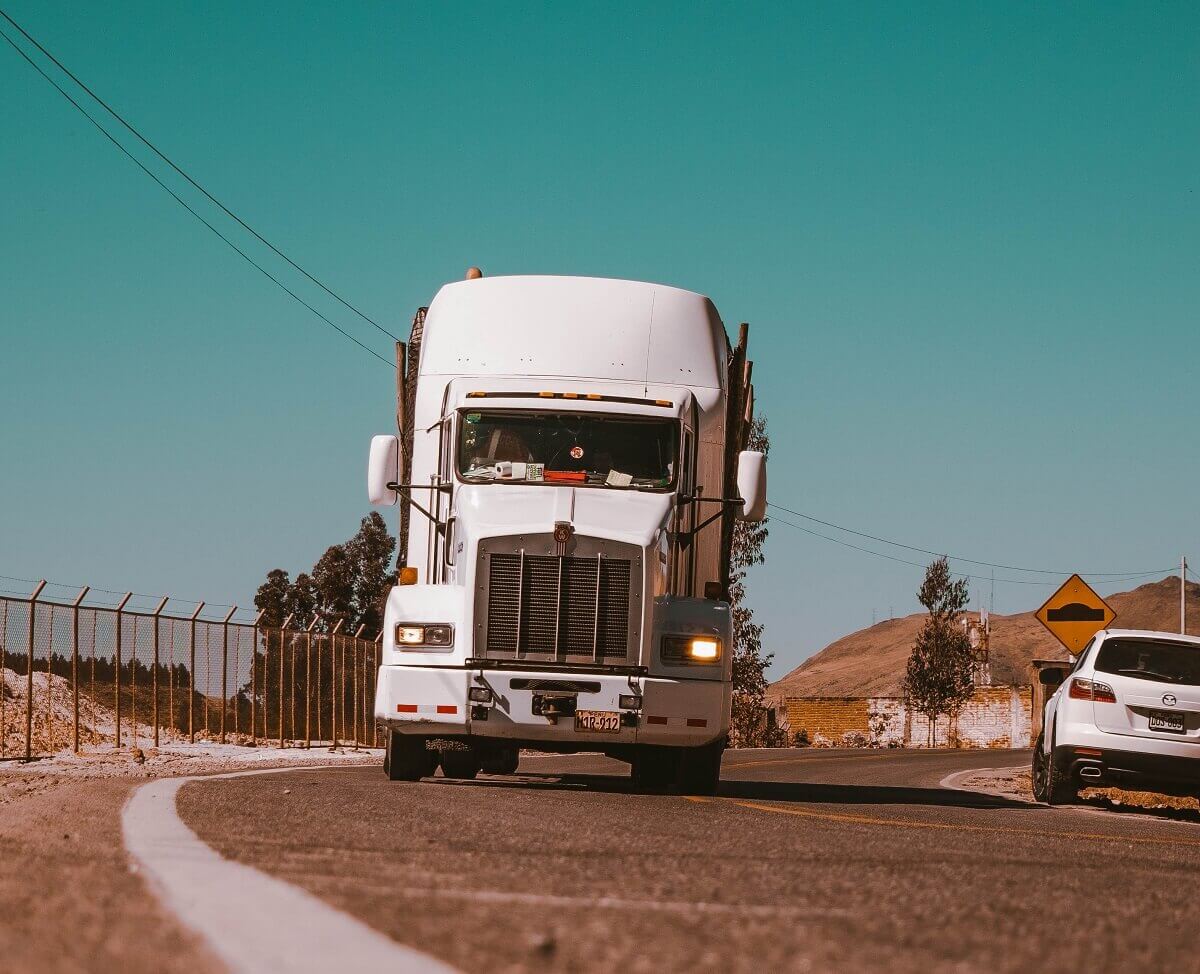An on-demand economy fueled by the sale of smartphones is changing literally every segment of our society. Traditional taxi and livery services are losing out to ride sharing companies while weary travelers can use their smartphones to do everything from ordering a meal to finding last-minute accommodations. Even doctors and nurses have embraced the on-demand economy by using mobile platforms to arrange house calls. So it should come as no surprise that, an on-demand economy is also reshaping the trucking industry. A great case in point being Amazon.
The Internet retailing giant recently began purchasing a fleet of branded trucks and trailers many believe will be just the starting point of a foray into logistics. For the time being, it appears as though the company is looking only to control its shipping rather than having to rely on companies like UPS and FedEx. But who knows? If Amazon is successfully able to handle their shipping and save money at the same time, they just might end up expanding into freight forwarding. But don’t worry, that would not be a bad thing.

As the Wall Street Journal points out, there is still more than enough freight to go around – even with the entrance of Amazon into logistics. Some of the biggest names in trucking are already working at maximum capacity with still more freight to be accounted for. And like it or not, the on-demand economy is playing an important role in what we are observing.
Speed and the Logistics Sector
Just a decade ago, a veteran truck driver might pick up a flatbed trailer in California and drive its load of steel coil down to Texas. From there he might pick up a dry goods van loaded with imported consumer goods headed for Chicago. That truck driver would spend months at a time on the road without ever seeing home.
While the scenario we just described is still fairly common among long-haul truckers, the model is gradually being replaced by a new model focused more on regional, rather than national, distribution. Shippers and receivers are more content to operate a larger number of smaller distribution facilities in and around major metropolitan hubs in order to get goods from the warehouse to the customer more quickly. This is what Amazon is attempting to accomplish with its trucks and trailers.
In order to meet the needs of the on-demand economy, companies have to have an ample supply of goods on hand. They also have to be close enough to their customers to get those goods delivered in a timely manner. The only way this is possible is by embracing more regional and local distribution.
Truckers Will Keep on Trucking
There are those in the logistics industry who do not see the on-demand economy’s influence as being a good thing. But it actually is. Despite the changes – and we know that change is difficult to embrace – America’s truckers will keep on trucking for decades to come. The big difference will be one of time and distance.
The Wall Street Journal also points out that logistics companies are already looking at charging by the day rather than the mile to account for the needs of the on-demand economy. They are looking at quicker deliveries and shorter routes that have truck drivers home more frequently. It is all about finding the model that works best at keeping wholesale distributors happy so that they, in turn, can keep their customers happy. In the end, there is no need to fear Amazon trucks. They are a positive addition to the logistics industry.
Sources:
- Wall Street Journal – http://www.wsj.com/articles/trucking-companies-confront-amazon-threat-1453842572










